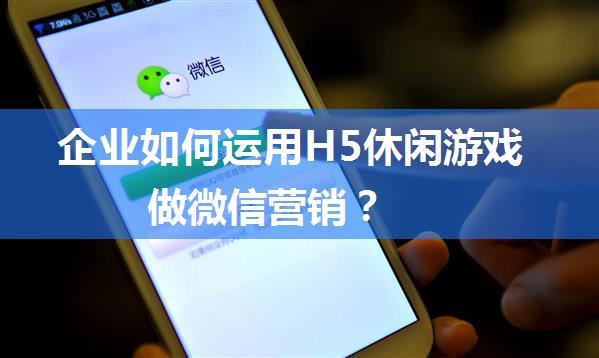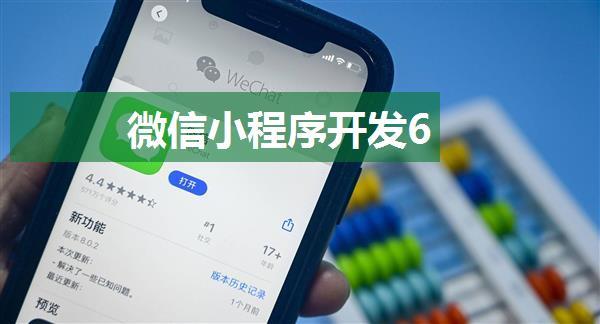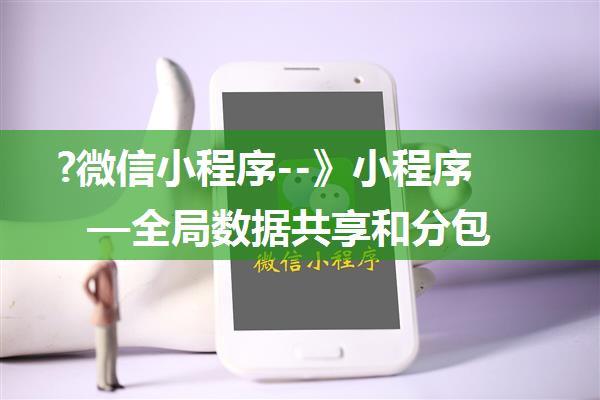
四、基础加强
在微信小程序开发中,了解和掌握基础知识是非常重要的。以下是关于自定义组件、组件通信等方面的详细描述。
1. 自定义组件 (1) 组件的创建与使用在微信小程序中,可以通过 `createComponent` API 来创建一个自定义组件。例如:
```javascriptconst myComponent = createComponent({
options: {
requireMode: 'async',
},
properties: {
title: String,
},
data: {
count:0,
},
methods: {
addCount() {
this.setData({ count: this.data.count +1 });
},
},
});
```
在 `app.json` 或 `config.js` 中注册组件:
```json"usingComponents": {
"my-component": "/path/to/my-component"
}
```
然后就可以在页面中使用这个自定义组件了:
```xml
```
(2) 样式微信小程序支持 CSS3 的大部分特性,包括选择器、颜色、背景、边框等。例如:
```css.my-class {
color: 333;
background-color: f7f7f7;
}
```
在组件中使用样式:
```xml
Hello, World!
```
(3) 数据、方法和属性组件的数据、方法和属性可以通过 `data` 和 `properties` 属性来定义。例如:
```javascriptconst myComponent = createComponent({
options: {
requireMode: 'async',
},
properties: {
title: String,
},
data: {
count:0,
},
methods: {
addCount() {
this.setData({ count: this.data.count +1 });
},
},
});
```
(4) 数据监听器组件的数据可以通过 `watch` 方法来监听。例如:
```javascriptconst myComponent = createComponent({
options: {
requireMode: 'async',
},
properties: {
title: String,
},
data: {
count:0,
},
methods: {
addCount() {
this.setData({ count: this.data.count +1 });
},
},
watch: {
count(newValue, oldValue) {
console.log(`count changed from ${oldValue} to ${newValue}`);
},
},
});
```
(5) 纯数据字段组件的纯数据字段可以通过 `data` 属性来定义。例如:
```javascriptconst myComponent = createComponent({
options: {
requireMode: 'async',
},
properties: {
title: String,
},
data: {
count:0,
},
});
```
(6) 组件的生命周期组件的生命周期可以通过 `lifecycle` 属性来定义。例如:
```javascriptconst myComponent = createComponent({
options: {
requireMode: 'async',
},
properties: {
title: String,
},
data: {
count:0,
},
lifecycle: {
created() {
console.log('created');
},
attached() {
console.log('attached');
},
ready() {
console.log('ready');
},
detached() {
console.log('detached');
},
error() {
console.log('error');
},
},
});
```
(7) 插槽组件的插槽可以通过 `slots` 属性来定义。例如:
```javascriptconst myComponent = createComponent({
options: {
requireMode: 'async',
},
properties: {
title: String,
},
data: {
count:0,
},
slots: {
default() {
return
},
},
});
```
2. 组件通信 (1) 属性绑定组件之间可以通过属性绑定来通信。例如:
```javascriptconst parentComponent = createComponent({
options: {
requireMode: 'async',
},
properties: {
title: String,
},
});
const childComponent = createComponent({
options: {
requireMode: 'async',
},
properties: {
title: String,
},
methods: {
updateTitle(title) {
this.setData({ title });
},
},
});
```
在父组件中使用子组件:
```xml
```
(2)事件绑定组件之间可以通过事件绑定来通信。例如:
```javascriptconst parentComponent = createComponent({
options: {
requireMode: 'async',
},
properties: {
title: String,
},
});
const childComponent = createComponent({
options: {
requireMode: 'async',
},
properties: {
title: String,
},
methods: {
updateTitle(title) {
this.setData({ title });
},
},
});
```
在父组件中使用子组件:
```xml
```
(3) 获取组件实例组件之间可以通过 `getComponent` 方法来获取组件实例。例如:
```javascriptconst parentComponent = createComponent({
options: {
requireMode: 'async',
},
properties: {
title: String,
},
});
const childComponent = createComponent({
options: {
requireMode: 'async',
},
properties: {
title: String,
},
});
```
在父组件中使用子组件:
```javascriptconst childInstance = getComponent(childComponent);
childInstance.updateTitle('Hello, World!');
```
以上就是关于微信小程序自定义组件、组件通信等方面的详细描述。





